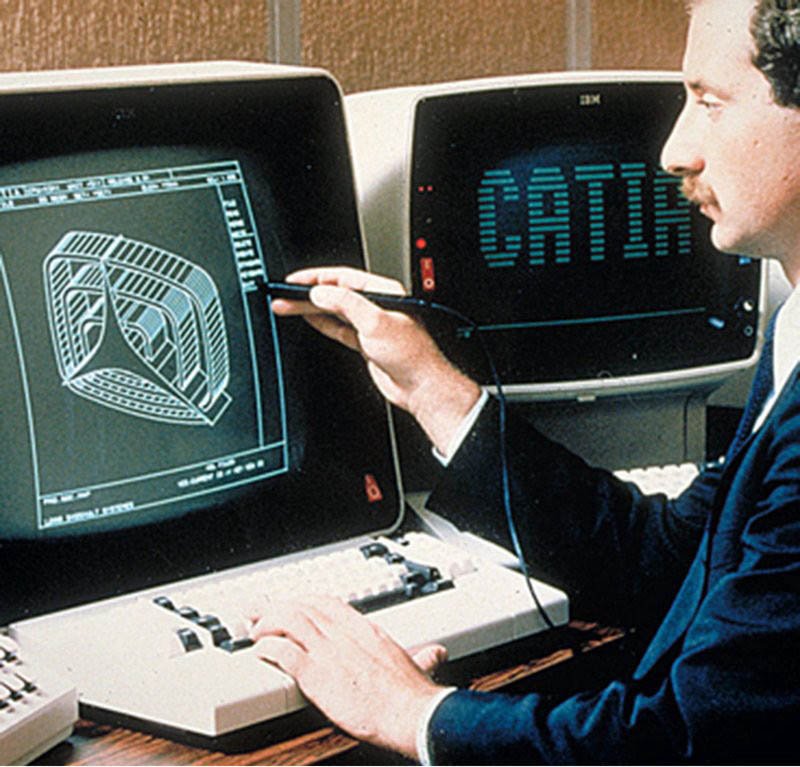Design with Purpose
The US Air Force C-17 Globemaster III cargo plane had a key design requirement: deliver the 55 ton M-1 Abrams tank onto austere air fields like dry river beds. This capability would enable rapid engagement of this game-changing asset. I was part of the C-17 structural wing design engineering team when the very first plane T1 (Test Unit One) had recently completed its maiden flight and P1 (Product Unit One) was underway.
We had a clear purpose for our designs, but making decisions was a very manual and iterative process by many different teams including: calculations to meet go/no-go strength and reliability thresholds, design for manufacturability, and sourcing availability from different approved suppliers. Floors and temporary trailers full of people in Long Beach, CA working on Unigraphics CAD systems, reviewing mylar and digital drawings, checking numbers on HP 12C calculators, scanning parts lists on pre-ERP green screens, and coordinating heavy tools.
Source: USAF, C-17 first unit T1 goes to the National Museum of USAF
Design for Manufacturing (DFM) was a key principle in addition to strength and durability: the plane needed to be designed with manufacturing ability in mind in order to meet cost, quality, and timing requirements. Tools needed to be made. People needed to be trained. Nothing was more frustrating to a Union Mechanic with a rivet gun in their hand than having to explain to Engineers why trouble tickets were inevitable due to something designed for impossible assembly.
Source: Dassault Systemes, CATIA Version 1 on an IBM station in 1982
We had stereolithography for building 3D prototypes in the early 1990s; thousands of dollars and months of waiting which can now be done at home with a HP 3D printer. Drawings that required $30K+ CATIA and Unigraphics CAD workstations that can be done on an iPad today.
Image: Makersite Carbon Footprint data plug-in for Autodesk
The ‘X’ in DFX for Manufacturing, Cost, Reliability, Supply Chain, and others have critical mass around people and tools. We need better tools to meet Design for Sustainability goals. The Makersite plug-in for Autodesk is a start of something bigger to come.


